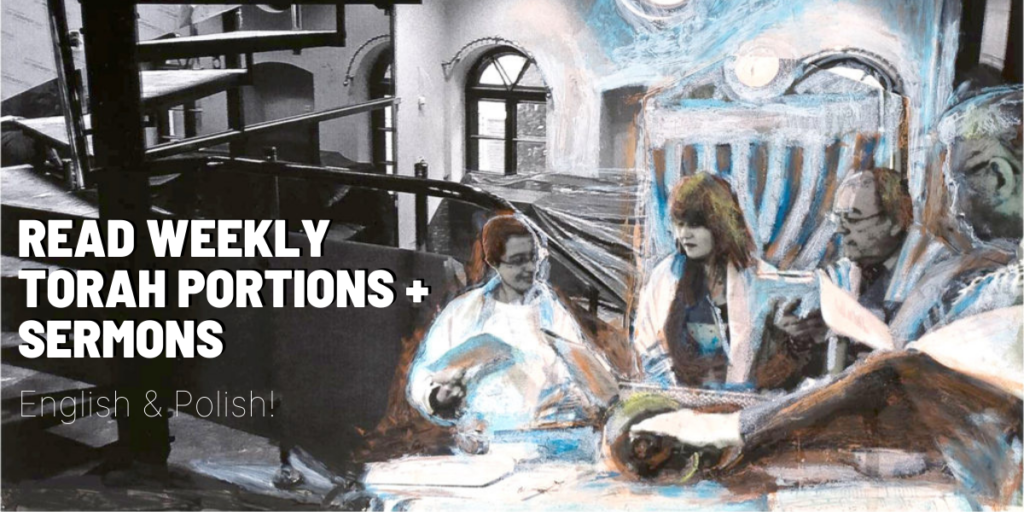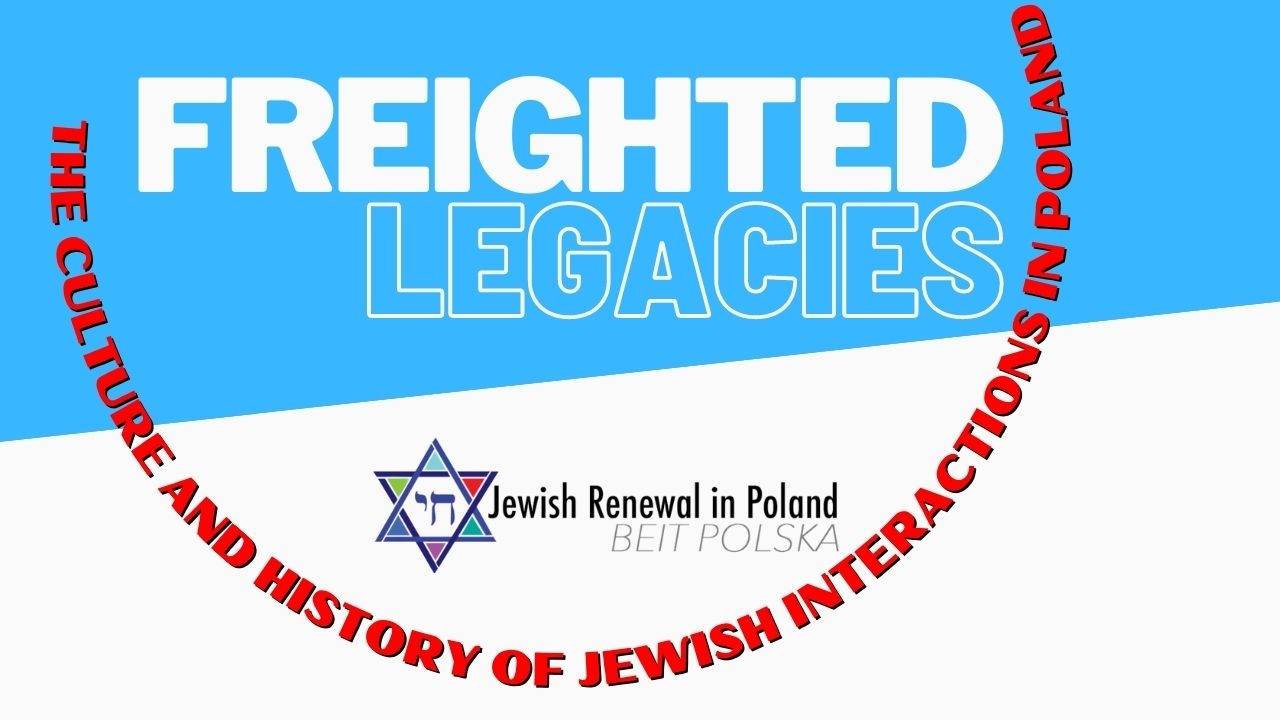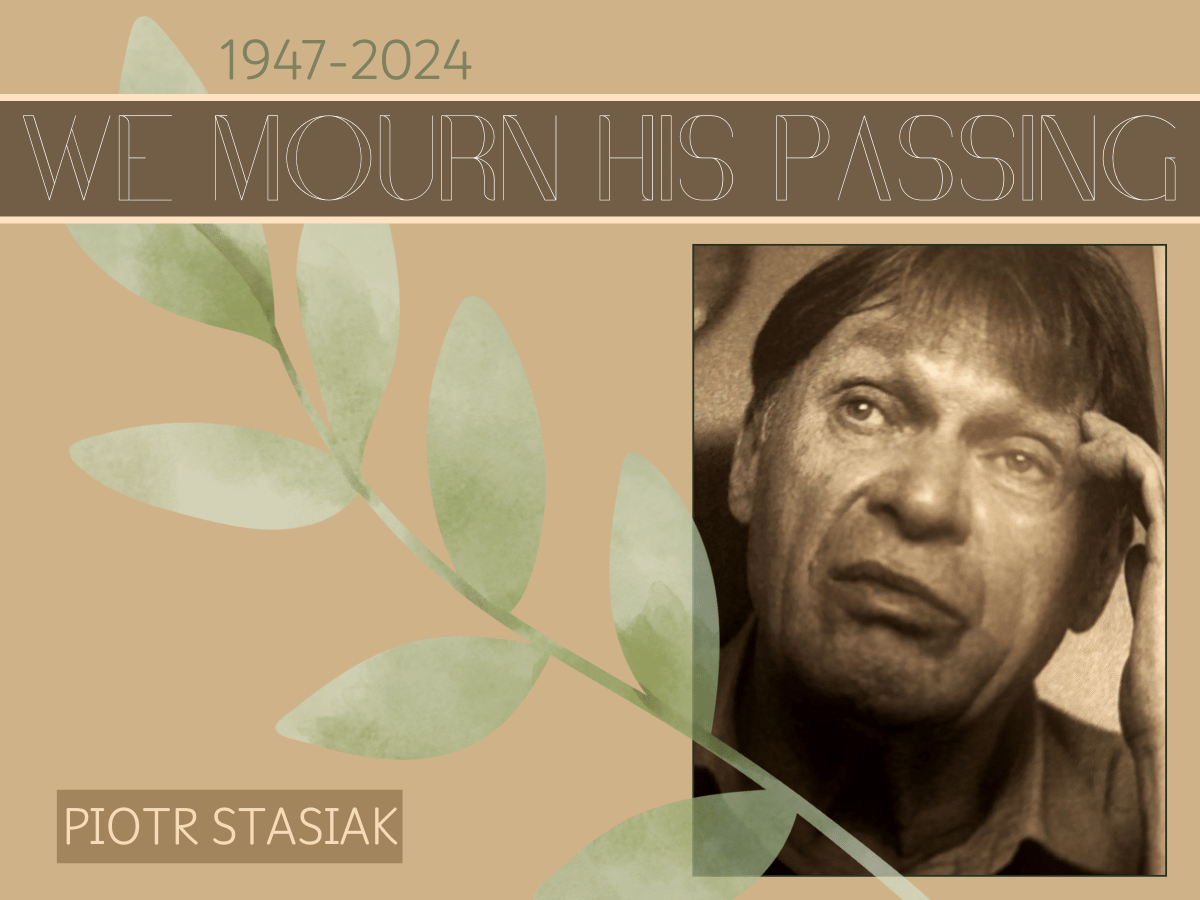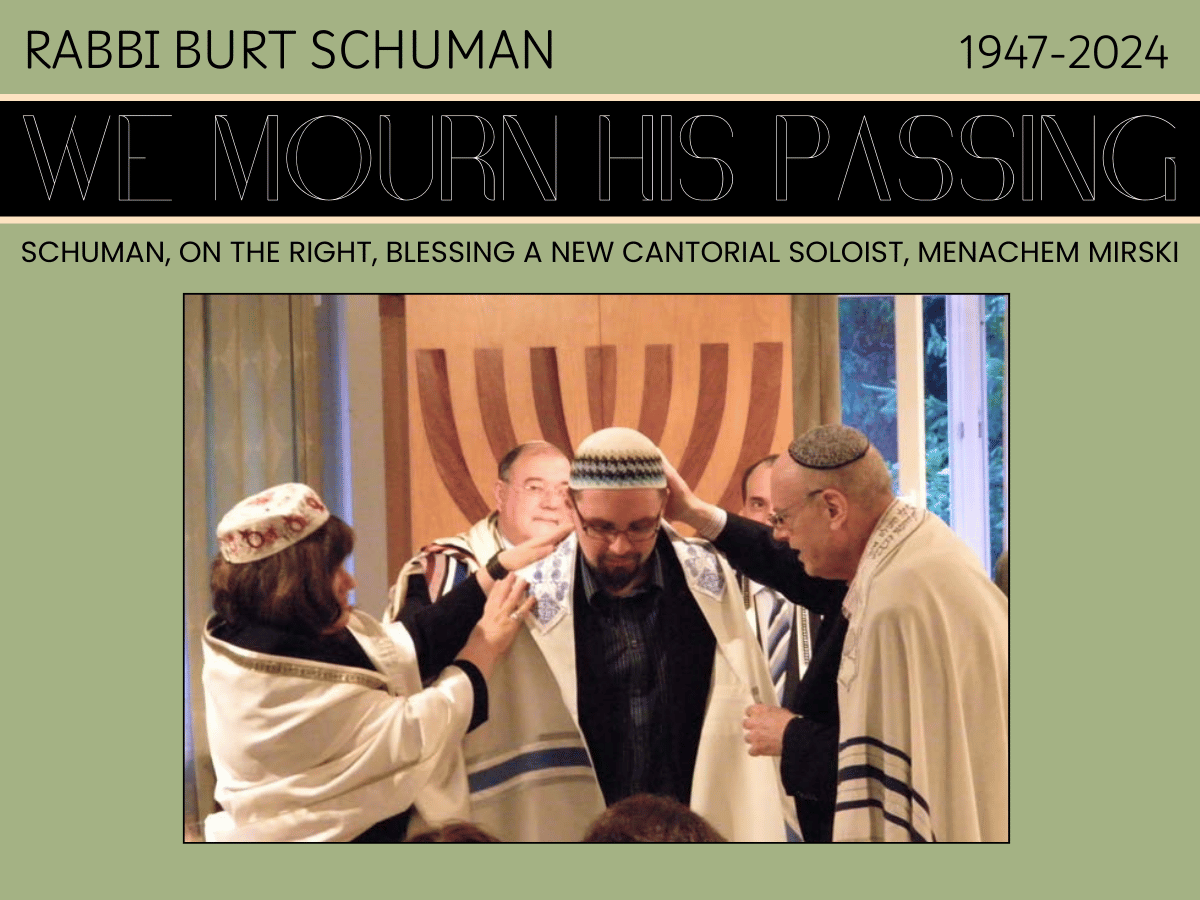Thoughts on parashat Noach 5785

Menachem Mirski
[maxbutton id=”6″ url=”https://polishjewsreviving.org/hierarchia-wiezy-babel-i-jej-niebezpieczenstwa/” ] At the end of parashat Noach we have a story of the T ower of Babel. This story has been and can be understood in a variety of ways. Let me suggest yet another take on it, starting with the following statement: The Tower of Babel represents an overgrown hierarchy in society. The existence of hierarchy like that, in a completely natural way, increases the distance between the strata in society, between the classes in the society and creates a situation in which those on top begin to speak a different language than those on the bottom. Language is understood here metaphorically as a means of communication that is lost. People of different social strata may even speak the same language, in a literal manner, but they don’t understand each other anymore because of their position in the hierarchy. We have observed negative changes in this direction over the last few decades in the Western world and this is a challenging situation.The gap between those on top and on the bottom has been growing and we know from history that it creates tensions and dangers for human societies. On the materialistic level it typically leads to greater and greater disparities between people of different social strata and increases discontent and frustration at the bottom of the society. On the ideological level this typically leads to a greater and greater detachment from reality of the upper classes that, as a result of that, start to condescend or to gaslite the lower classes, which contributes to the increase of mutual contempt on both sides. All of that, if not taken under control, often ends in violence and bloodshed.
Davar acher- as we often find in T almud to open a different perspective on something: we can apply this understanding of the Tower of Babel to our Jewish life. We, in different communities and different denominations – ultra orthodox, orthodox, conservative, reform and reconstructionist speak the same but at the same time slightly different language. And yes, Jews of different denominations often tend to justify their choice by building a “hierarchy of Judaisms”.
Orthodox sometimes think that they are better because they are properly and genuinely observant. Reform often think that they are better because they are progressive, open-minded and free from religious superstition etc.
There is, indeed, an aspect of observance here: the more orthodox a community becomes the more – unfortunately – exclusivist it becomes, in a neutral sense of this word. Joining a community like that becomes difficult for Jews who were not raised orthodox, who were not raised traditional and many of them don’t join synagogues at all. That is why the Conservative Judaism, to avoid this problem while trying to follow the halacha in a stricter sense, came up with a variety of halachic standards of observance so we can target and include a wide spectrum of Jewish individuals and encourage them to join the community. We now have more than 100 years of history of these efforts. That’s why various teshuvot were passed, suspending some obstacles that prevented our People from joining communities – that’s why CM allowed us to drive to synagogues on Shabbat and so on.
There is, however, yet another aspect of it, namely, the aspect of Jewish unity. As I mentioned, we, in different communities and different denominations – ultra orthodox, orthodox, conservative, reform and reconstructionist speak the same but at the same time slightly different language. But it is, especially in our difficult times, important to challenge this situation and have an open dialogue between all Jewish groups so we can build and preserve our unity as the Jewish people, always treating each other with respect, kindness and love, namely, strictly following the moral code of the Torah.
Shabbat shalom,
Rabbi Mirski


















Leave a Reply